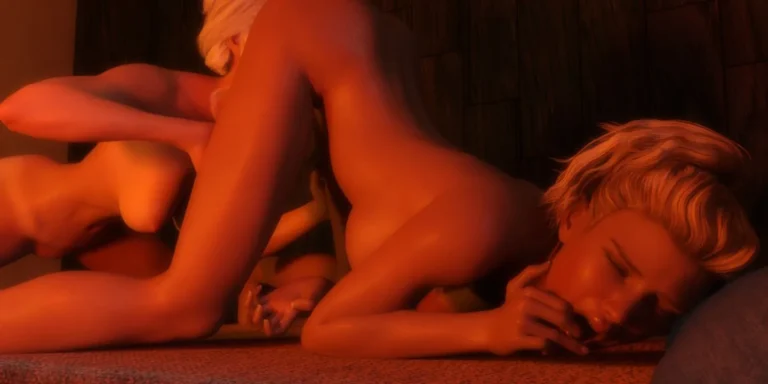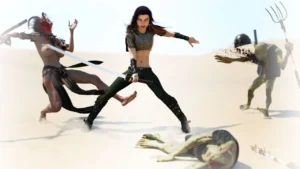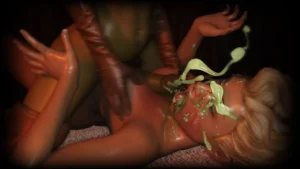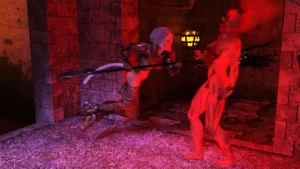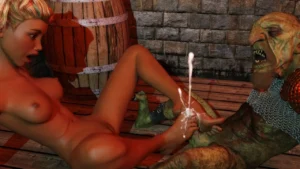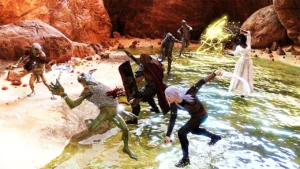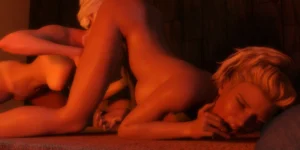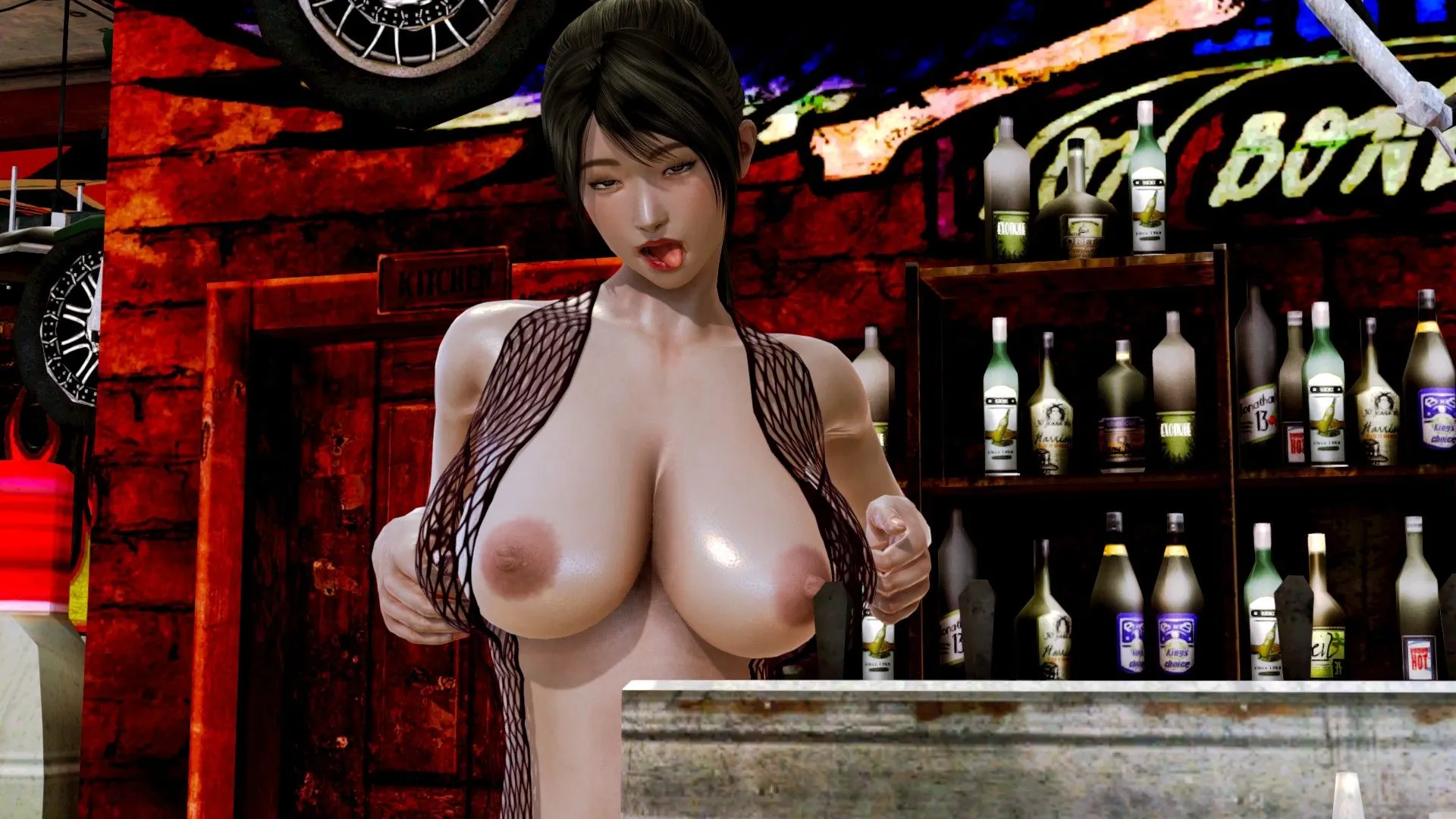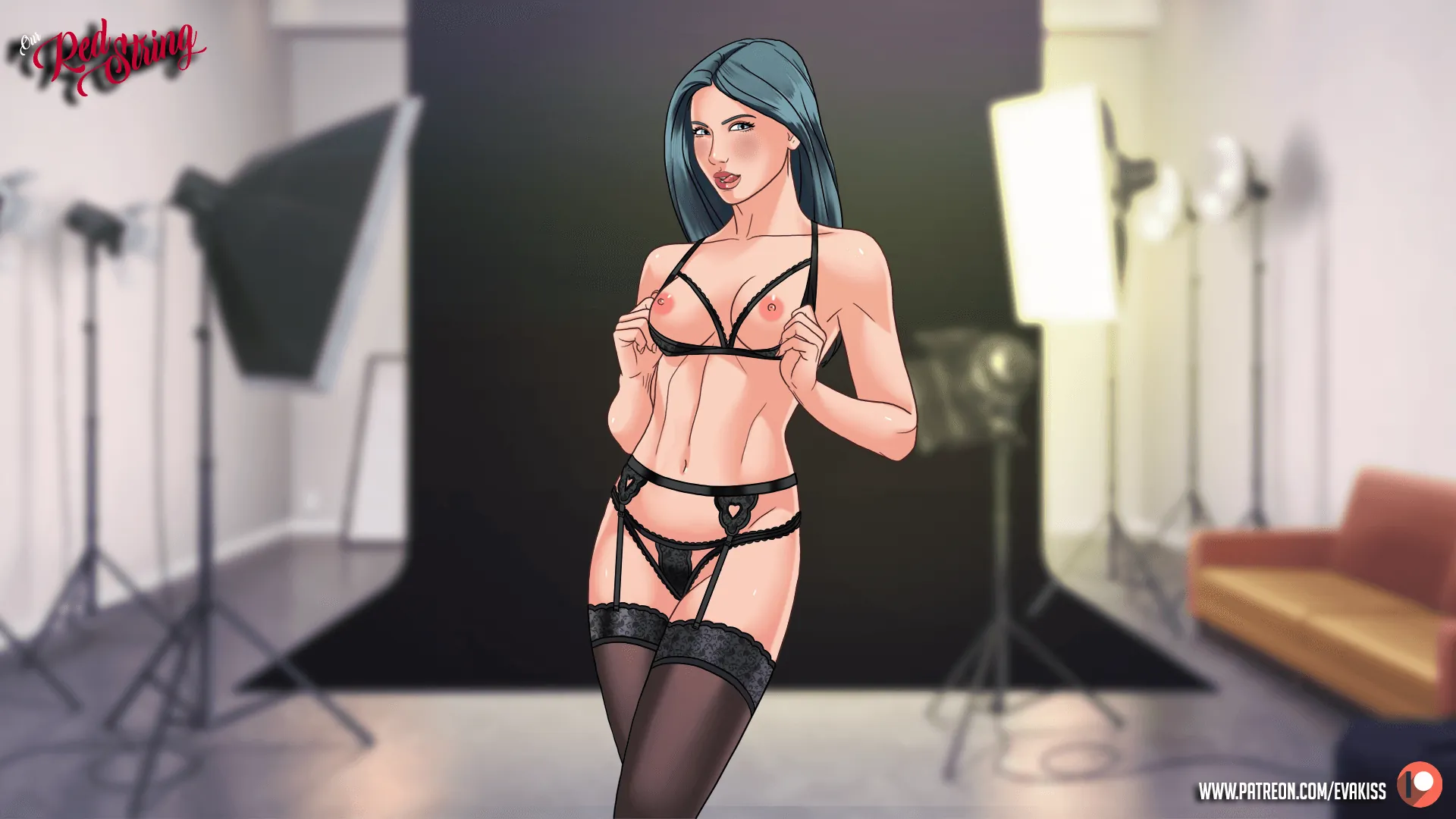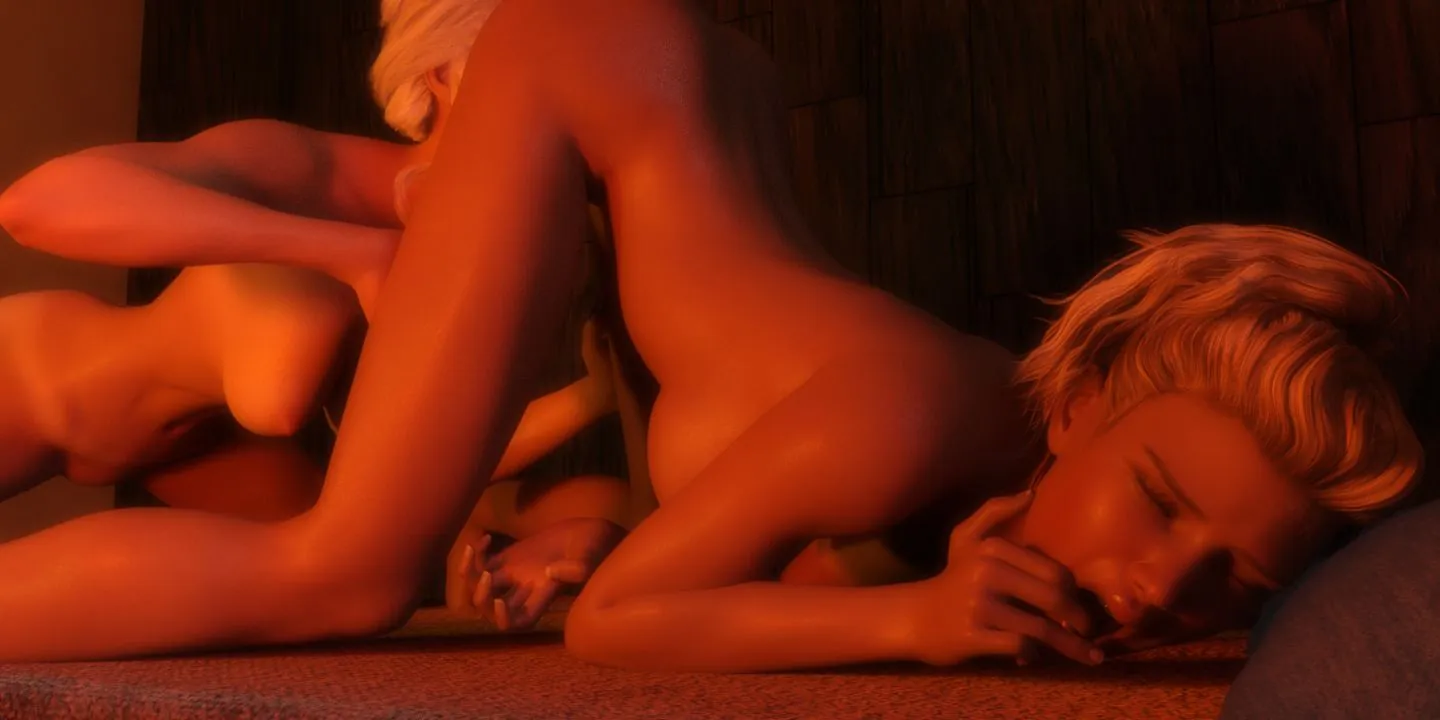
Healslut
Play Healslut
Healslut review
An In-Depth Look at the Healslut Game Mechanics and Community Dynamics
The Healslut game offers a distinctive twist on traditional gameplay by focusing on the healing role as a central mechanic. This game has sparked interest for its unique approach to support characters, blending gameplay with community-driven narratives and role-play elements. In this article, we dive into the core aspects of the Healslut game, exploring how it redefines healing roles, the player experience, and the social dynamics that emerge within its community.
Understanding the Healslut Game Mechanics
What Defines the Healslut Role in Gameplay?
Picture this: 🎮 You’re pinned behind crumbling cover as enemy fire rains down, your health bar flashing crimson. Suddenly, a shimmering aura envelops you – poof – full health! That’s the magic of the Healslut role in action. Unlike generic healers, this position thrives on intimate team dynamics, transforming routine health management into a high-stakes dance of dependency and strategy.
I learned this firsthand during a clan tournament last summer. My squad’s tank charged recklessly into enemy lines, leaving our flank exposed. Instead of panicking, our designated Healslut player, Mia, didn’t just patch wounds – she orchestrated our retreat using terrain-blocking heals. This role isn’t about passive backline sitting; it’s proactive battlefield puppetry. You manipulate positioning through healing denial zones, bait enemies with “low health” theatrics, and amplify teammates’ aggression through timed overheals.
Core mechanics defining this niche:
– Resource Conversion: Turning enemy damage into healing energy (e.g., absorbing bullets to fuel AoE heals)
– Sacrificial Synergy: Trading your mobility to empower allies’ cooldown resets
– Emotional Aggro: Taunting foes by visibly prioritizing high-value targets
The brilliance? You win through psychological warfare, not just hit points. 💡
How Healing Influences Game Strategy
Mastering healslut strategy means treating health bars like chess pieces. Early-game, I focus on “heal stacking” – layering regenerative fields in chokepoints to create safe zones that dictate enemy movement. Mid-game shifts to burst triage: deciding which ally gets the golden syringe during team fights. Save the glass-cannon sniper? Or enable the berserker’s rampage? One miscalculation loses rounds.
Critical team healing dynamics emerge here. During a ranked match, our Healslut used “pain transference” – redirecting damage from our flanker to themselves – letting our rogue backstab the enemy healer. This high-risk gambit requires map awareness worthy of a military general. 🗺️
| Healing Ability | Strategic Impact | Risk Level |
|---|---|---|
| Lifeblood Leech | Steals enemy HP for allies | High (close-range) |
| Barrier Bloom | Converts 50% heals to shields | Medium (resource-heavy) |
| Sacrificial Pact | Boosts healing by taking ally debuffs | Critical (self-sabotage) |
Pro tip: > “Track enemy ultimates like bills – if their nuke is ready, hold your group heal like a lottery ticket!” 💣
Visual and Mechanical Design Elements
The healslut visual design screams “prioritize me!” through deliberate fragility. Think flowing robes that billow during channeling, or pulsing staves that glow brighter as allies weaken – visual cues shouting “KILL THIS ONE FIRST!” ✨ I adore the “Crimson Acolyte” skin; its blood-drip particle effects subtly intimidate enemies when I revive teammates.
Gameplay healing design mechanics reinforce this tension. Your heal beam thins when overheated, forcing agonizing choices: risk equipment failure for a clutch save? Or play safe and lose momentum? Sound design deepens this – allies’ pained gasps play directionally in headphones, making you spin frantically to locate wounded comrades.
Animations sell the fantasy too. When executing a “martyr’s resurrection,” your character crumples dramatically while reviving others – no other role makes failure look so gorgeously tragic. 😭
Case Study: The Miracle of Market District
Let’s revisit Mia’s legendary match. Final point, overtime. Our tank fell, leaving 3 allies at 10% health against 5 enemies. Instead of panic-healing? Mia:
1. Lured enemies into narrow alley with self-heal sparkles ✨
2. Triggered “Nova Surge” (healing explosion at death)
3. Died intentionally – vaporizing 3 foes while full-healing teammates
Result? 3v2 comeback victory!
This epitomizes healing support characters: winning through calculated sacrifice, not raw power. Your keyboard isn’t a tool – it’s a conductor’s baton for symphonic chaos. 🎻
Pro Insight: “Map your ’emergency exit’ heal to mouse thumb buttons. When your tank Leroy Jenkinses, yeet them health while backpedaling!”
By embracing these Healslut game mechanics, you transform from bandage-bot to battlefield maestro. Now go forth – and let them bleed for underestimating you. 💉🔥
The Healslut game stands out by transforming the healing role into a dynamic and engaging gameplay element that influences both strategy and player interaction. Understanding its mechanics and community culture reveals why it has captivated a unique audience. Whether you are a player interested in support roles or a curious observer, exploring the Healslut game offers valuable insights into how healing can redefine gaming experiences. Dive in and discover the depth and creativity this game brings to the healing archetype.
